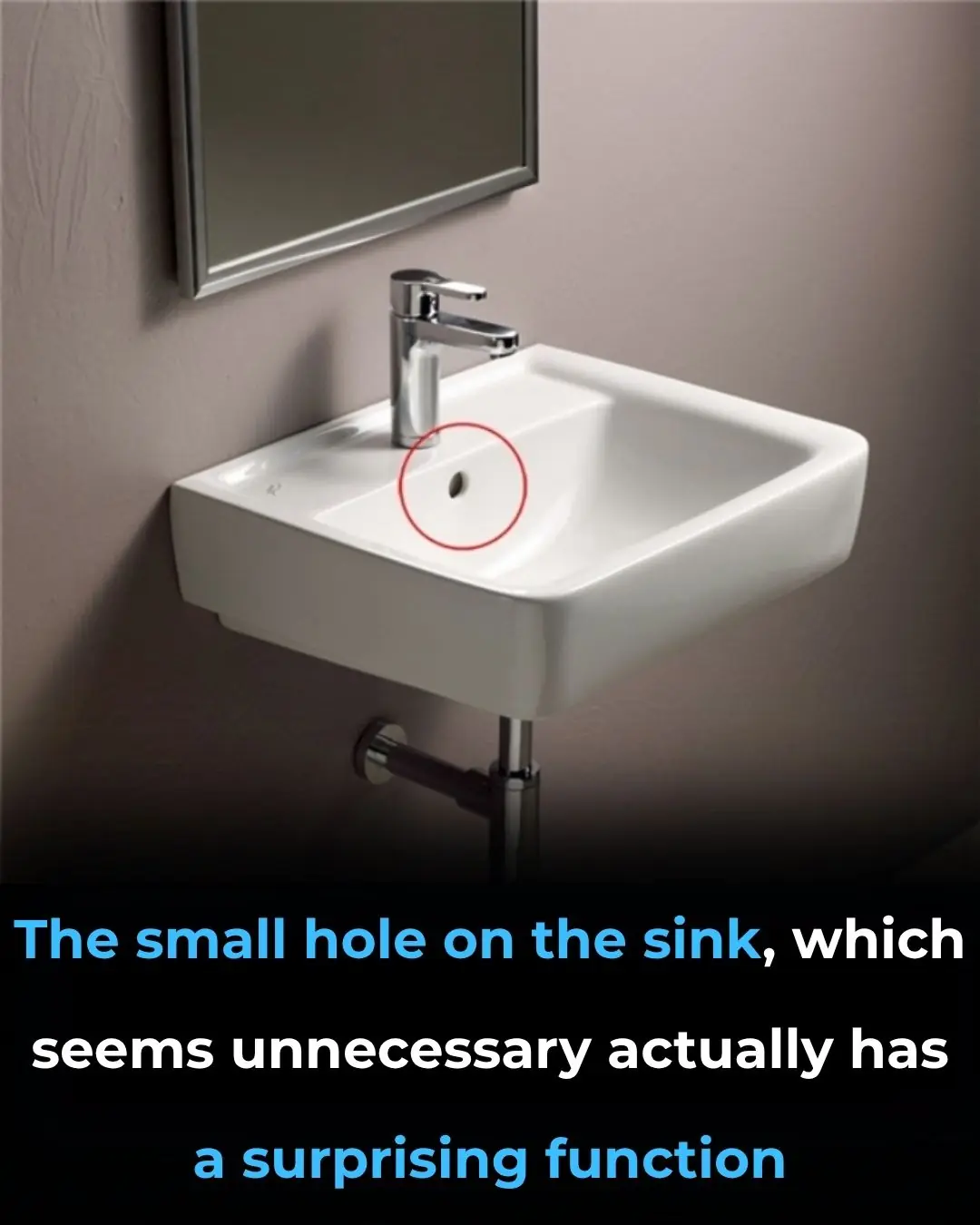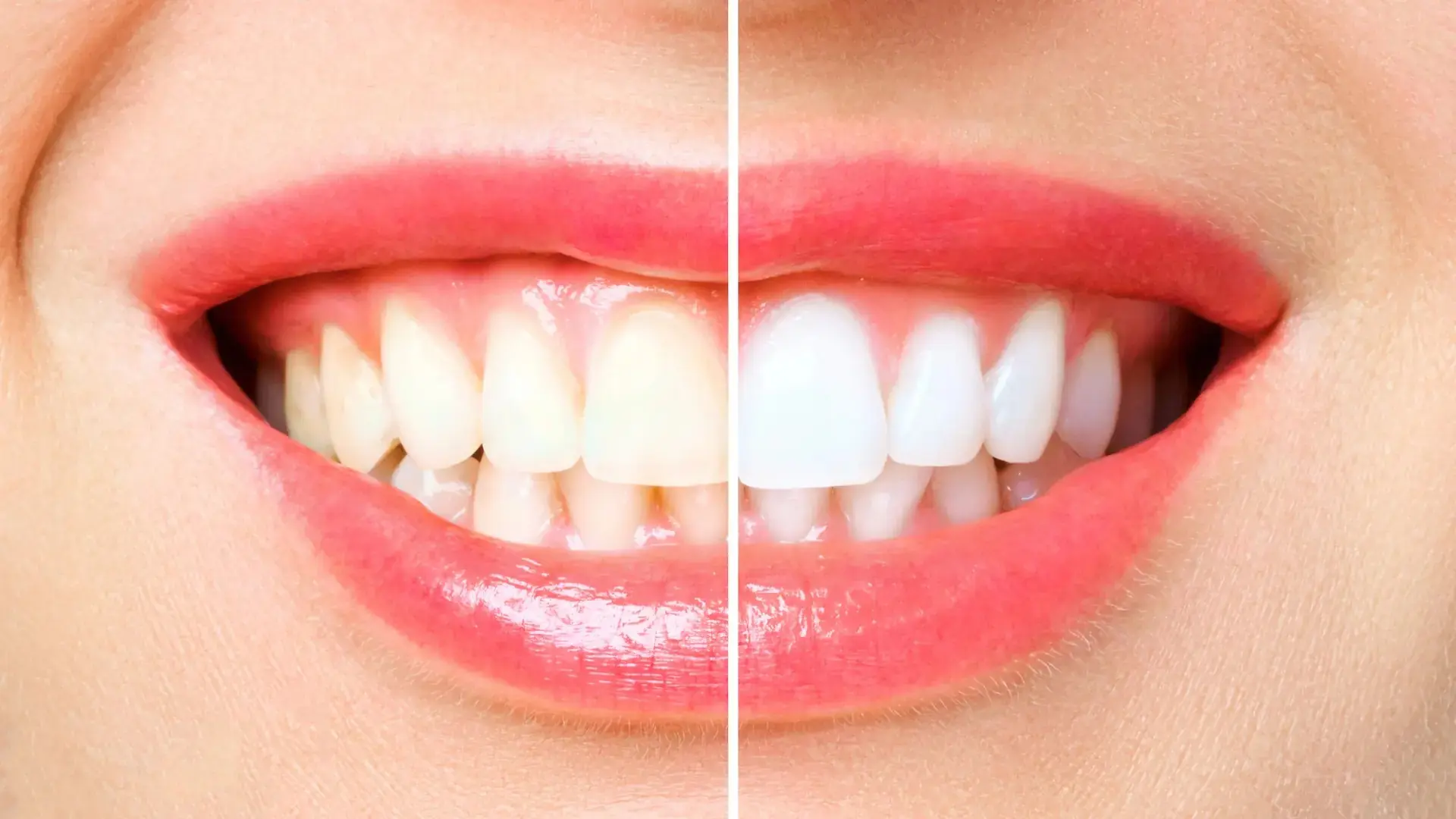
What Is Frank’s Sign
Have you ever noticed a small diagonal crease running across someone’s earlobe—and wondered what it could mean? While it might seem like a harmless sign of aging, this subtle mark could actually carry deeper implications for heart health. Known as Frank’s Sign, this physical feature has intrigued doctors and researchers for decades as a potential early indicator of cardiovascular disease.
Let’s take a closer look at what Frank’s Sign is, the science behind it, and why cardiologists continue to study this intriguing connection between the earlobe and the heart.
1. Frank’s Sign: A Quick Overview
Frank’s Sign refers to a diagonal crease that runs across the earlobe, usually at about a 45° angle. In medical terms, it’s called the Diagonal Earlobe Crease (DELC).
The phenomenon was first described by Dr. Sanders T. Frank in the 1970s, when he observed the mark in 20 patients suffering from angina pectoris—chest pain caused by reduced blood flow to the heart. Since that initial observation, numerous studies have explored the relationship between DELC and coronary artery disease (CAD), as well as other vascular conditions such as peripheral vascular disease and cerebrovascular disease.
In essence, this small line on the earlobe may serve as an external marker of internal vascular changes—a visible clue that the arteries might not be functioning at their best.
2. Who Is Most Likely to Have Frank’s Sign?
Frank’s Sign tends to appear more frequently in patients with established heart conditions or those who have undergone procedures such as coronary artery bypass surgery. However, it can also be found in seemingly healthy individuals, sometimes long before any heart-related symptoms appear.
Research suggests that the sign may be more meaningful in people under 60, where it can act as an early red flag for cardiovascular risk. It’s not limited by gender, ethnicity, or body type.
Key observations include:
-
The crease can appear in both lean and overweight individuals.
-
It is not directly related to BMI or body fat percentage.
-
It may indicate microvascular or endothelial changes independent of lifestyle or outward health.
-
Some studies have found a higher prevalence in individuals with metabolic syndrome, diabetes, or hypertension.
In short, while not everyone with Frank’s Sign has heart disease, its presence—especially in younger adults—should encourage closer cardiovascular screening.
3. What Causes Frank’s Sign? Leading Theories and Research
Despite decades of observation, the exact cause of Frank’s Sign remains unclear. However, several compelling theories have emerged:
a. Microvascular Changes in the Earlobe
The earlobe’s middle portion is supplied by tiny, end-arteries that lack strong collateral circulation. If these microvessels become narrowed or damaged—similar to what happens in coronary arteries—the tissue may lose elasticity and form a crease.
b. Collagen and Elastic Fiber Degeneration
Some histological studies have shown changes in the collagen and elastic fibers of the earlobe among people with DELC, mirroring the same structural changes seen in atherosclerotic arteries.
c. Telomere Shortening and Cellular Aging
A few studies, including those involving Japanese patients with metabolic syndrome, have identified a link between DELC and shortened telomeres, which are biological markers of aging. This suggests the crease could represent a visible sign of accelerated vascular and cellular aging.
d. Genetic and Environmental Factors
There may also be genetic predispositions or shared risk factors—such as smoking, chronic inflammation, or oxidative stress—that contribute both to heart disease and the development of the crease.
4. How Severe Is It? Understanding Crease Patterns and Risk Levels
Not all earlobe creases are created equal. Researchers have proposed different severity levels that may correlate with cardiovascular risk:
| Type of Crease | Description | Possible Significance |
|---|---|---|
| Incomplete crease on one side | Partial, faint diagonal line on one earlobe | Least concerning; may be age-related |
| Complete crease on one earlobe | Full diagonal line reaching across one earlobe | Moderate risk indicator |
| Bilateral complete creases | Deep, symmetrical creases on both earlobes | Possibly higher cardiovascular risk |
The deeper, longer, and more symmetrical the creases appear, the more likely they are to be associated with systemic vascular issues. Some cardiologists even consider DELC one of several “visible vascular markers”, alongside arcus senilis (a gray ring around the cornea) and xanthelasma (cholesterol deposits near the eyes).
5. Should You Be Concerned?
While Frank’s Sign is not a definitive diagnosis, it can serve as a helpful early warning signal—a visual prompt to take your cardiovascular health seriously. If you notice a diagonal crease on your earlobe, particularly if it’s bilateral and you have risk factors such as high blood pressure, elevated cholesterol, or diabetes, it’s wise to schedule a heart health evaluation.
Your healthcare provider may recommend basic tests such as:
-
A lipid panel to check cholesterol levels
-
Electrocardiogram (ECG) or echocardiogram to assess heart function
-
Blood glucose testing to screen for diabetes or insulin resistance
These simple, noninvasive evaluations can provide reassurance—or detect early issues when they’re easiest to manage.
Bottom Line
-
Frank’s Sign is a small physical clue that may point toward underlying cardiovascular disease.
-
It doesn’t confirm heart problems, but it does suggest that further screening could be beneficial.
-
Paying attention to such subtle signs can lead to earlier detection and better prevention.
So, the next time you notice that diagonal line on your earlobe—or someone else’s—remember that your body often communicates in quiet, visual ways. Listening to those signals might just help protect your heart.
Disclaimer: This article is for informational and educational purposes only and is not a substitute for professional medical advice. Always consult a qualified healthcare provider regarding any health concerns or new physical changes.
News in the same category


Most Attractive Hobby a Man Can Have According to Women

Make Your Sausages Juicier and More Flavorful With This One Simple Step Before Cooking

Don’t Leave Your Phone Charger Plugged In

These Wax Worm Caterpillars Can Eat & Digest a Plastic Bag in Just One Day

AI Laser Zaps 30 Mosquitoes Per Second from 6 Meters Away

Can You See the Hidden Number in This Optical Illusion

Choose a Potion

The Meaning Behind the WC Toilet Sign

Trump Claims Tariffs Ended Six Wars: The Politics Behind His Latest Foreign Policy Assertion

Scientists Catch Grumpy Cat of the Himalayas on Camera for the First Time

Most people will go their entire lives without ever knowing what the microwave ring cover is actually for

The reason behind children not visiting their parents

Backlash Grows After Trump’s Dismissive Comment to Female Journalist

Scientists Just Won a Nobel Prize for Discovering How to Stop Your Immune System from Attacking You

What’s the Reason Behind Painting Trees White?

People Left Disgusted: Shocking Truth About How Crabsticks Are Made

The Purpose of the Overflow Hole in Your Sink You Never Knew

The reason behind children not visiting their parents
News Post

4 types of ornamental plants that easily cause allergies and poisoning in children, parents should consider before planting

Is beef that has iridescent colors like the 7 rainbow colors edible?

🚽 How to Remove Limescale Stains from Your Toilet Bowl — Naturally & Without Harsh Chemicals

7 ways to preserve onions and garlic so they don't mold, rot, or sprout all year long

Squeeze lemon juice into the rice cooker before cooking? Simple operation but surprising effects

Put a bowl of salt in the refrigerator: A small but effective tip that makes me regret knowing it after 30 years

Most Attractive Hobby a Man Can Have According to Women

The Hidden Power of the Hole in Your Kitchen Knife — 7+ Surprising Uses You Probably Didn't Know

Most people will go their entire lives without ever knowing what the microwave ring cover is actually for

10 Morning Habits That Are Surprisingly Harmful to Your Health

6 Effective Drinks to Help Prevent Stroke – Don’t Overlook These Choices

DENTISTS HATE HOW SIMPLE THIS TEETH WHITENING HACK IS

Juniper: A Comprehensive Guide to Its Benefits and Uses

Unveil Colgate’s Secret for Silky-Smooth Feet

Evergreen Huckleberry (Vaccinium ovatum) – Benefits, Uses, and Growing Guide

A 3-Year-Old Boy Got Super Glue in His Eye — His Mother’s “Golden 30 Seconds” Saved His Sight

Growing Concern Over Visceral Fat — Doctors Recommend 9 Foods to Help Burn It Naturally

7 Amazing Health Benefits of Banana Blossoms

Bryophyllum Calycinum (Kalanchoe Pinnata): Benefits and Uses
